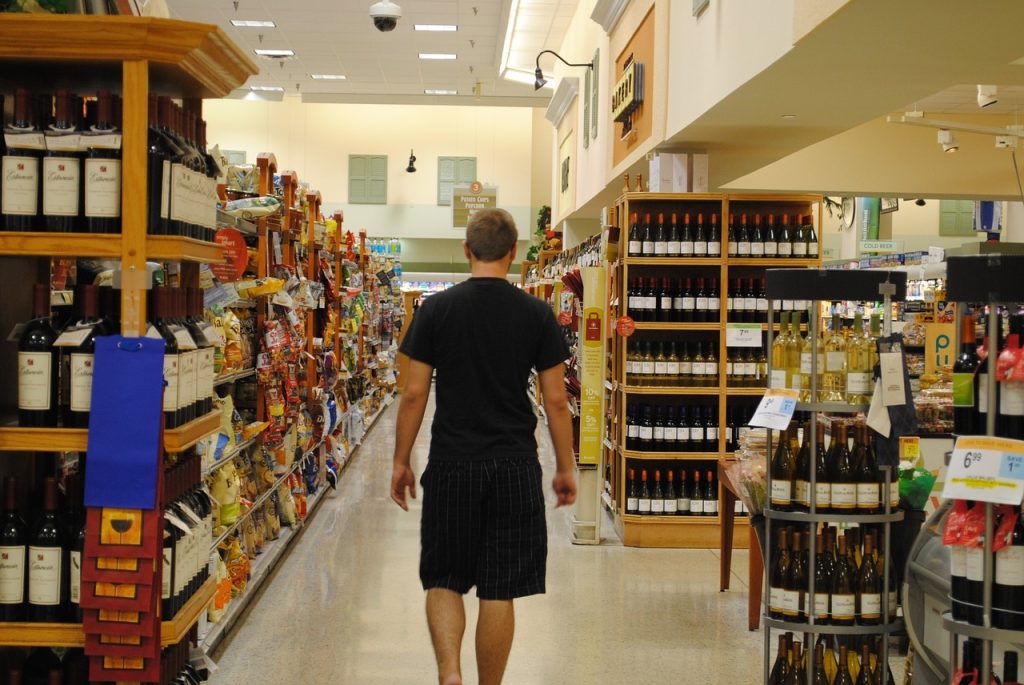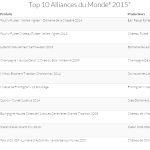Statistics show that the export strategy for Croatian wines is still not achieving the desired goals, while wine import, although decreasing, is still higher than export. In the first six months of 2017, the export of wine compared to 2016 was growing. It should be noted the average export price dramatically fell in 2017 and is 2.25 euro per litre, while in 2016 it was 3.31 euro. In the same period import stagnated in quantity and price, but the average price grew to 1.01 euro per litre, from 0.96 in 2016, Plava Kamenica reported on January 8, 2018.
Although vine growing and wine production in Croatia is minor in European and especially global terms, they hold a comparably important significance, especially since wine can be an export product, either directly or through tourism. Croatia’s natural diversity makes the vine growing regions different, with understandably different but high quality wines, which can truly earn for Croatia epithet of a land of wine. Not only that. In certain parts of Croatia wine is a lifestyle based on history and tradition, but also a component of national cuisine, culture and even national pride.
It is important to note the best vine growing area are in places where other crops are not grown (hillsides etc.), which created conditions for locals to have an economically viable activity. At the same time, the global wine industry is growing. The global wine market is commonly split into traditional and developing wine markets. Based on statistics from the past years, it can beconcluded that traditional markets are seeing a diminishing wine consumption with an increase in demand for higher quality wines. The reason lies primarily in changing life habits, leading to a restructuring consumption of alcoholic drinks towards water, mineral water and fruit juices. There is also an increase of substitute consumption, especially beer, a product supported by large promotional campaigns. All this means the global wine market is facing two aspects of competition. One is between wines and other direct or indirect competing drinks, and the second between producers of wine themselves. The latter is especially evident in traditional and developing wine markets. All of this has contributed to a decrease of prices on a global level.
The global wine consumption is increasing annually by about a million hectolitres, with the production and consumption balance expected to be nearly at zero this year. All these trends will push the price of wine higher in the coming period. It should be noted the European Union, as a regional organisation of European nations, is undoubtedly the largest global producer, consumer, exporter and importer of wine. The quality of wine from nearly all EU nations is not in question and is recognisable globally, which is understandable considering the millennial experience in wine production.
Translated from Plava Kamenica.











